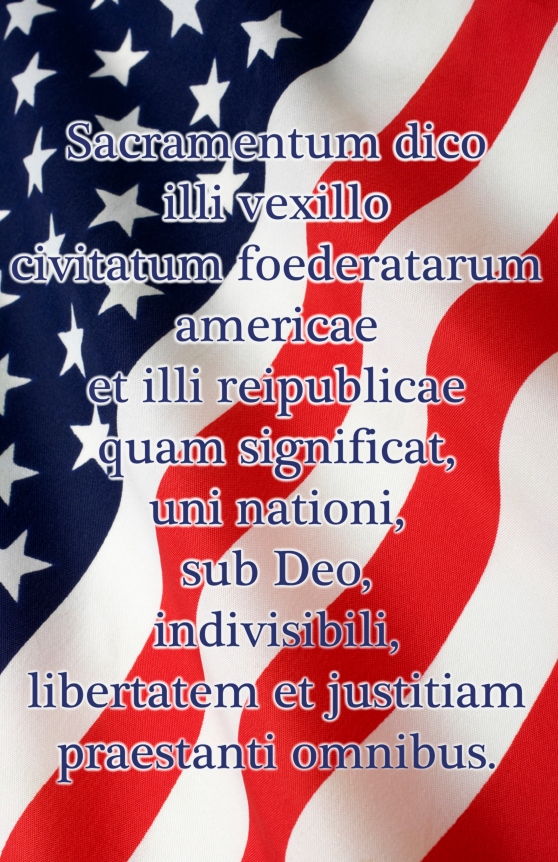
I’ve been looking more and more at comparative mythology lately – the similarities between the myths of various cultures. Many believe that most myths have at least an original basis in some form of truth, and for that reason many mythical archetypes transfer beyond one single mythology. This in turn expands to modern mythologies; we still look to gods, heroes and god-like heroes for inspiration.
In this assessment I created for a grad school project, students will explore the ancient-modern connection more thoroughly though an in-depth look at the Aeneas myth and mythical foundation figures in general. The Latin textbook Ecce Romani introduces the myth of Aeneas early on in the first text of the series, and many teachers love to bring in Vergil’s Aeneid for more advanced students to read in translation. For younger readers, a simplified version of the epic by Emily Frenkel and Simon Weller could be used.
In Part I of the project, they will compare two mythical founders to discover what traits are found in the archetype, and write up the similarities and differences in an essay form. I gave the following as choices for their comparisons:
- Gilgamesh (Iraq)
- Rurik (Russia)
- Arthur (England)
- Jimmu (Japan)
These of course could be added to as seen fit. The variety of cultures seen here, each with a founding figure that shares traits with the others, speaks to the power of this particular archetype.
In Part II of the project, they will create their own founding myth, putting a creative spin on it and making the archetype their own. Because I am based in Chicago, I ask them to create a founding figure for this troubled city.
By looking at Aeneas, the typified Roman hero, as well as other such figures from around the world, they will discover what traits they find in those they look up to. Downloads after the jump.
Continue reading →
 Correct noun-adjective agreement, that’s what.
Correct noun-adjective agreement, that’s what.

 I can’t believe I forgot to put this up here. I made another crossword puzzle a few weeks ago, something to keep kids busy while I was subbing for middle school study hall.
I can’t believe I forgot to put this up here. I made another crossword puzzle a few weeks ago, something to keep kids busy while I was subbing for middle school study hall.
 Woo! I made
Woo! I made 






